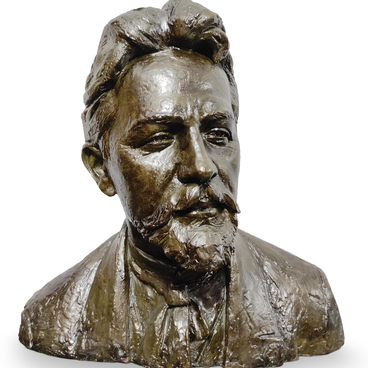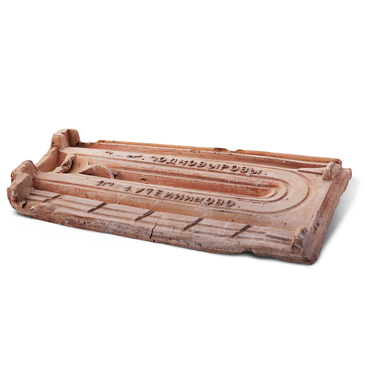In the Soviet Union, an elegant and expensive dinnerware set was a popular gift idea. A tea or coffee set was presented on special occasions, such as anniversaries, weddings, and other significant events. One of the most popular sets in the country was the so-called “Madonna” from East Germany.
This name did not reflect the actual images but rather the ideas of Soviet citizens regarding European art. These sets were actually decorated with images based on paintings by Angelica Kauffman, an 18th-century artist who was known for her Rococo and Neoclassical paintings, such as “Jupiter and Callisto” and “The Punishment of Cupid.”
The former was based on the myth about Jupiter, the god who fell in love with Callisto and appeared to her in the guise of Diana. His symbol was an eagle sitting at his feet with thunderbolts in its claws. The latter image focused on Cupid’s role in Callisto’s seduction. Cupid was depicted tied to a tree.
The museum’s exhibition includes several items from a German dinnerware set. One of them is a porcelain teapot decorated with gilding and mother-of-pearl coating, featuring two vignettes with mythological scenes. This set was produced in 1952 by the Sonneberg Porcelain Factory, as indicated by the stamps on its base.
East German porcelain was of high quality and was exported to many countries around the world. German dinnerware sets became popular in the USSR thanks to military personnel, who brought them as gifts for relatives and friends when they returned from service in Germany.
The foreign origin of porcelain sets ensured their popularity. With their decal, abundant gilding, and mother-of-pearl coating, German porcelain sets were seen as luxurious and prestigious by the Soviet people. They were often displayed in cabinets and sideboards.
Over time, however, the popularity of dinnerware sets declined and their production in Germany ceased. Although similar sets began to be manufactured at factories in Czechoslovakia and Poland, they were not as high quality as those produced in the German Democratic Republic in the 1950s–1970s.


